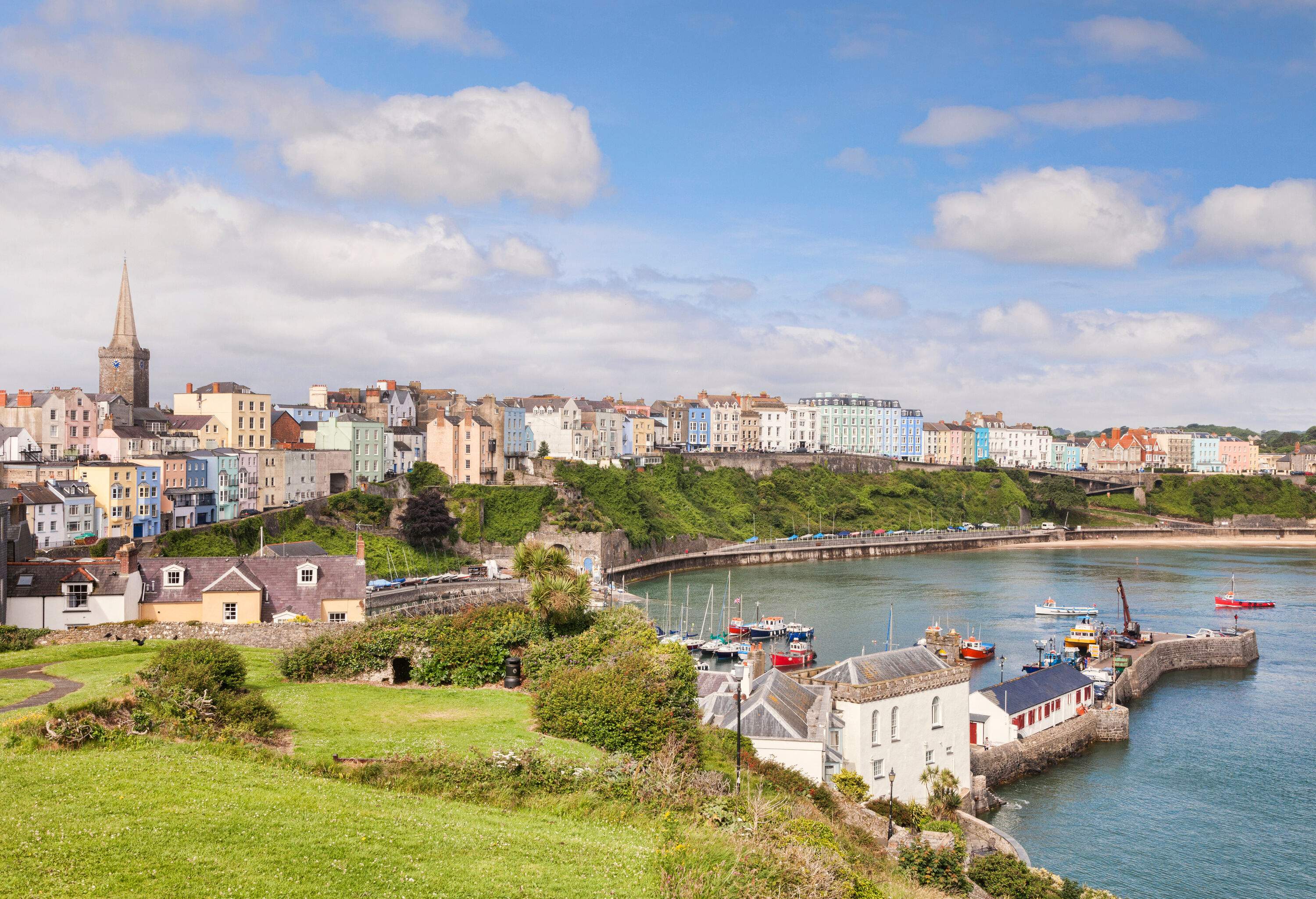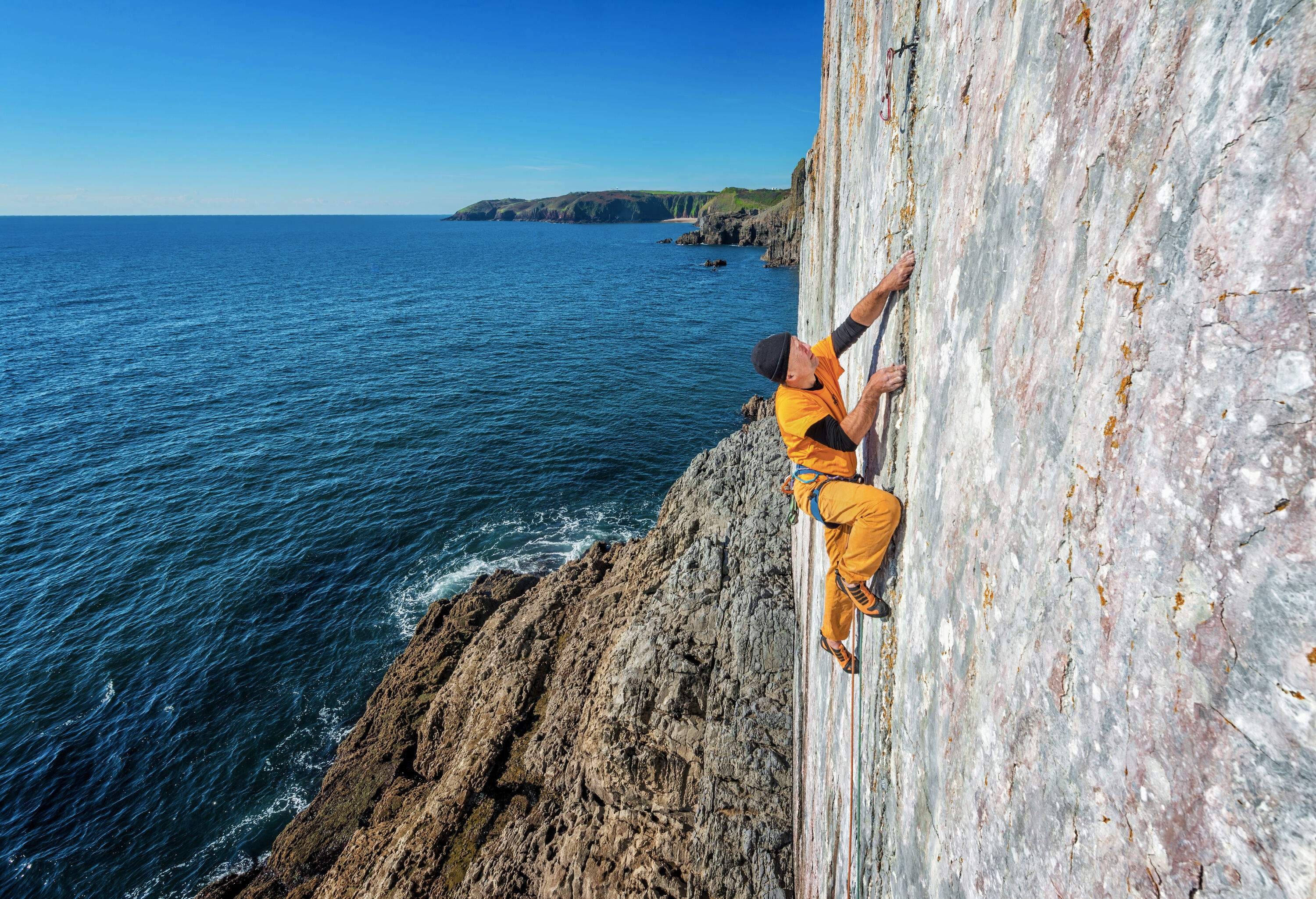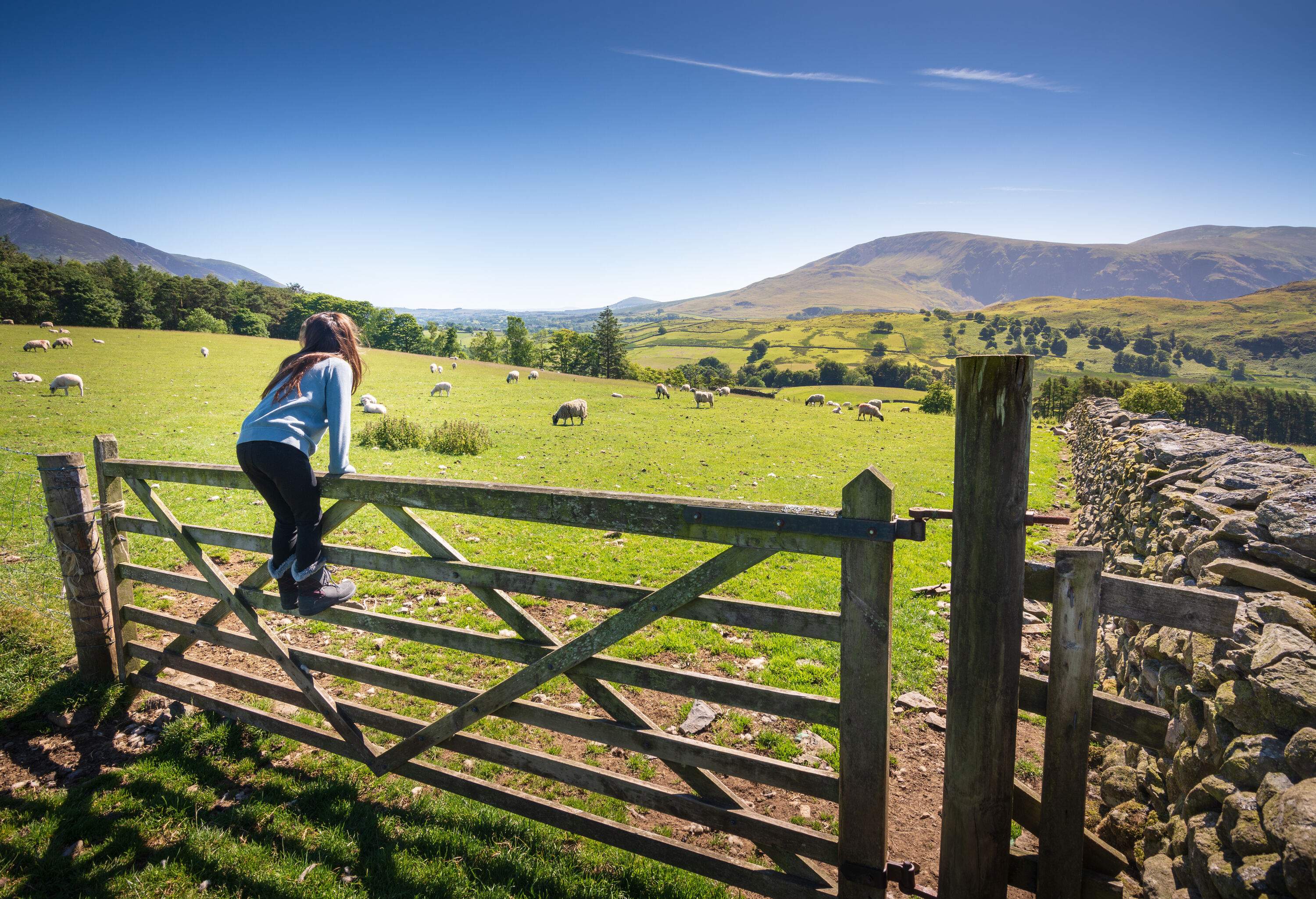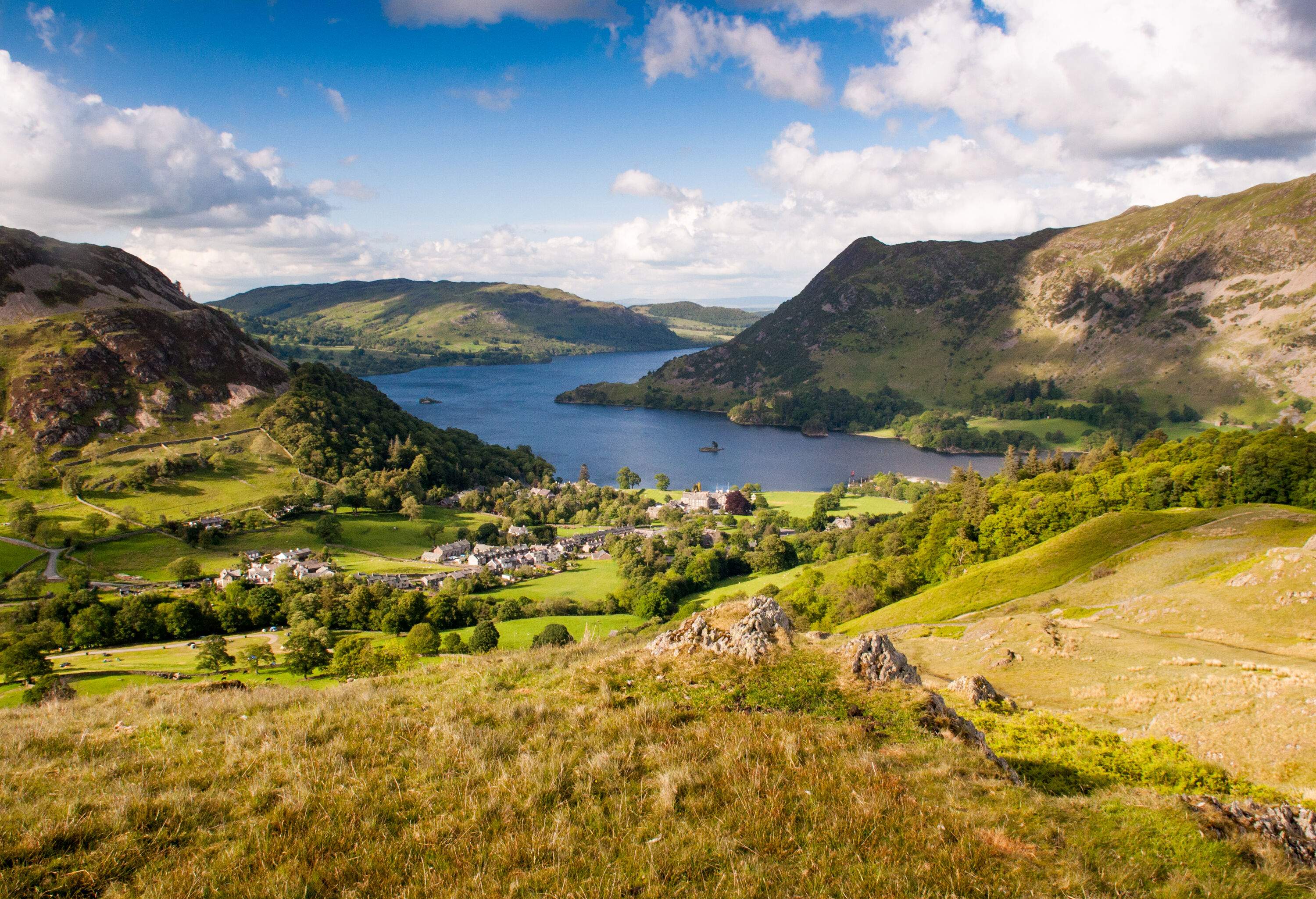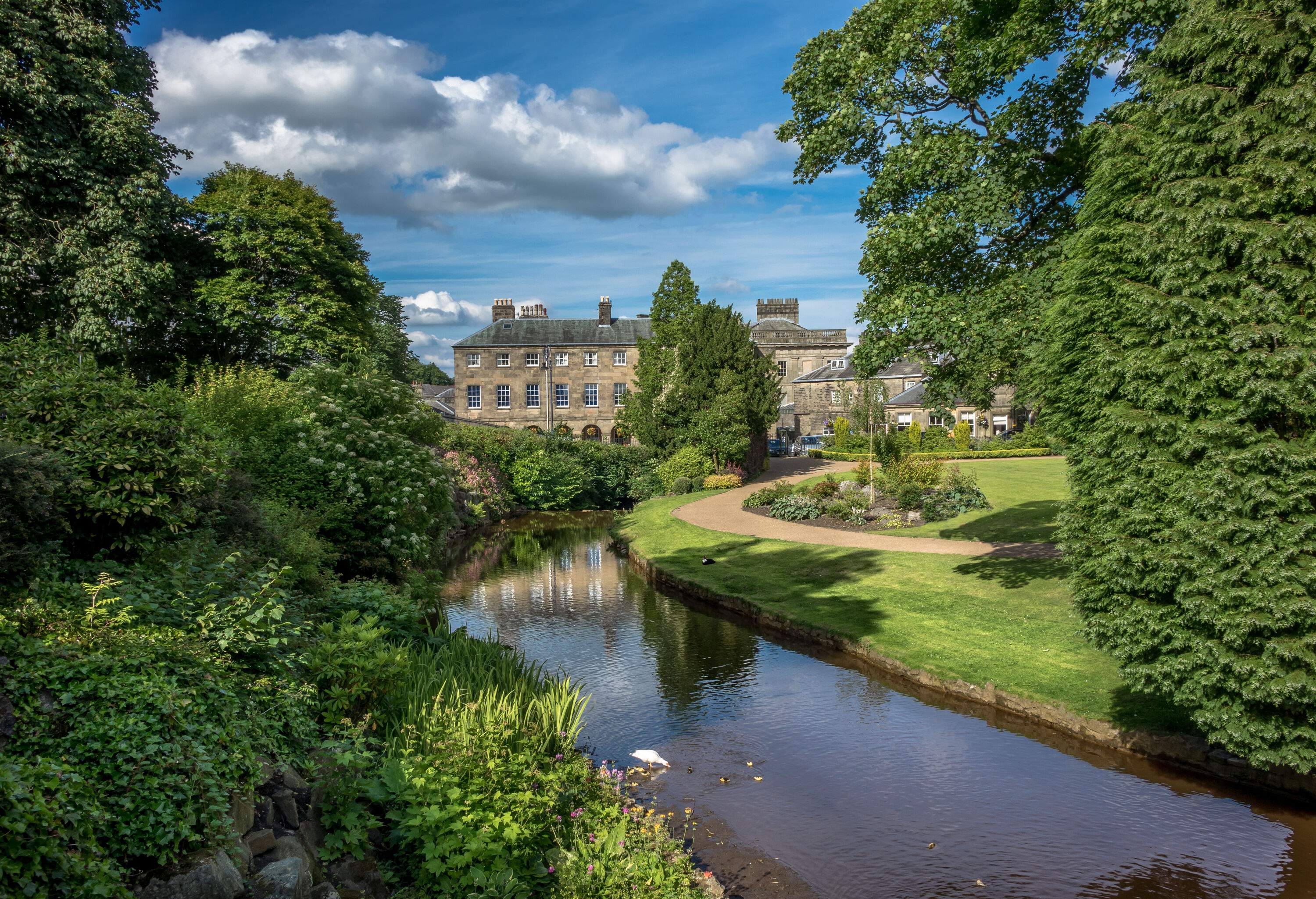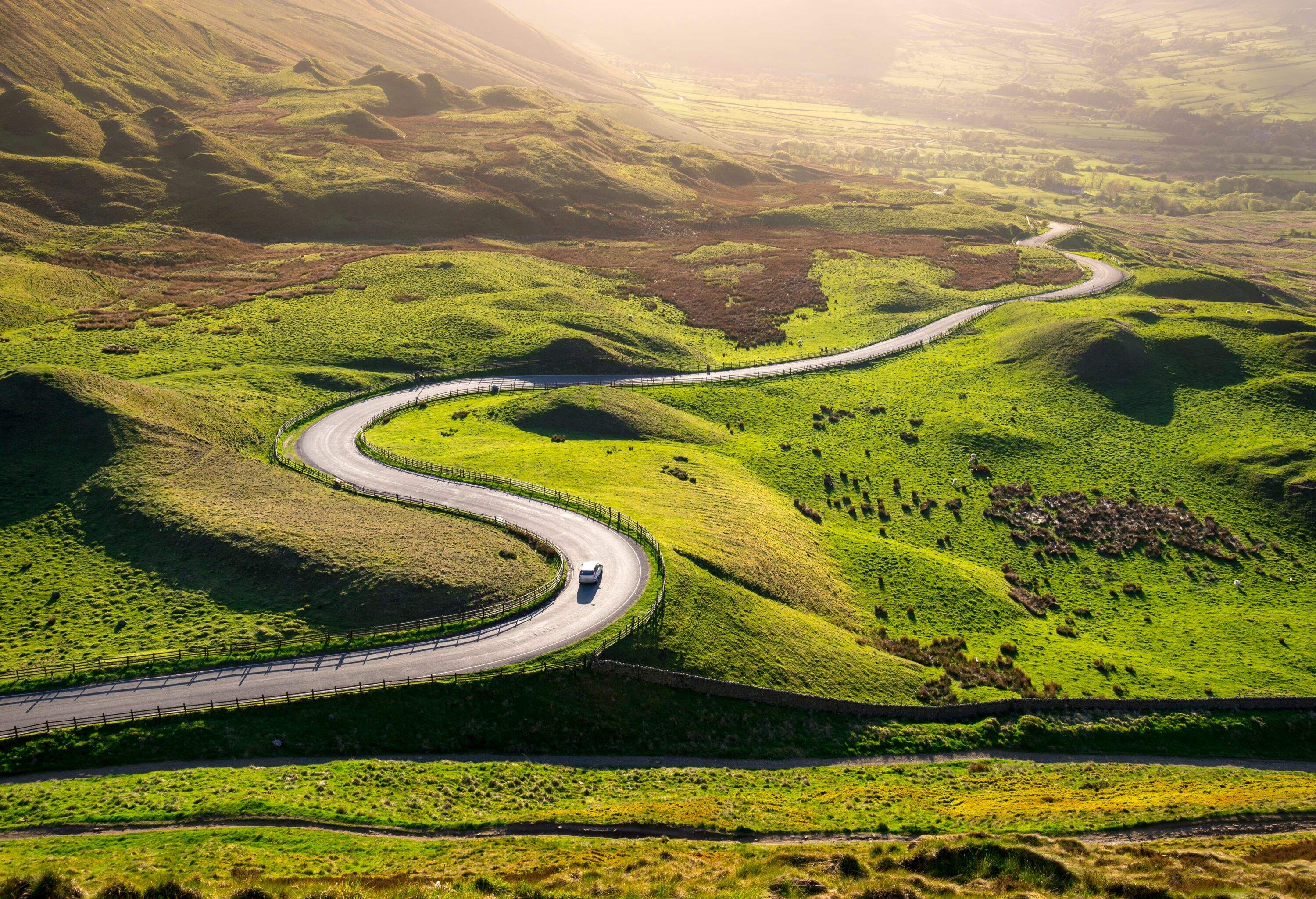Take an unforgettable journey through the diverse landscapes and rich historic tapestry of the United Kingdom. From the rolling hills of the English countryside to the dramatic coastlines of Wales, our UK road trip itineraries promise adventure at every turn. Join my husband and me as we explore charming villages, historic landmarks, and breathtaking scenery on the ultimate British road trip.
How to get to the UK?
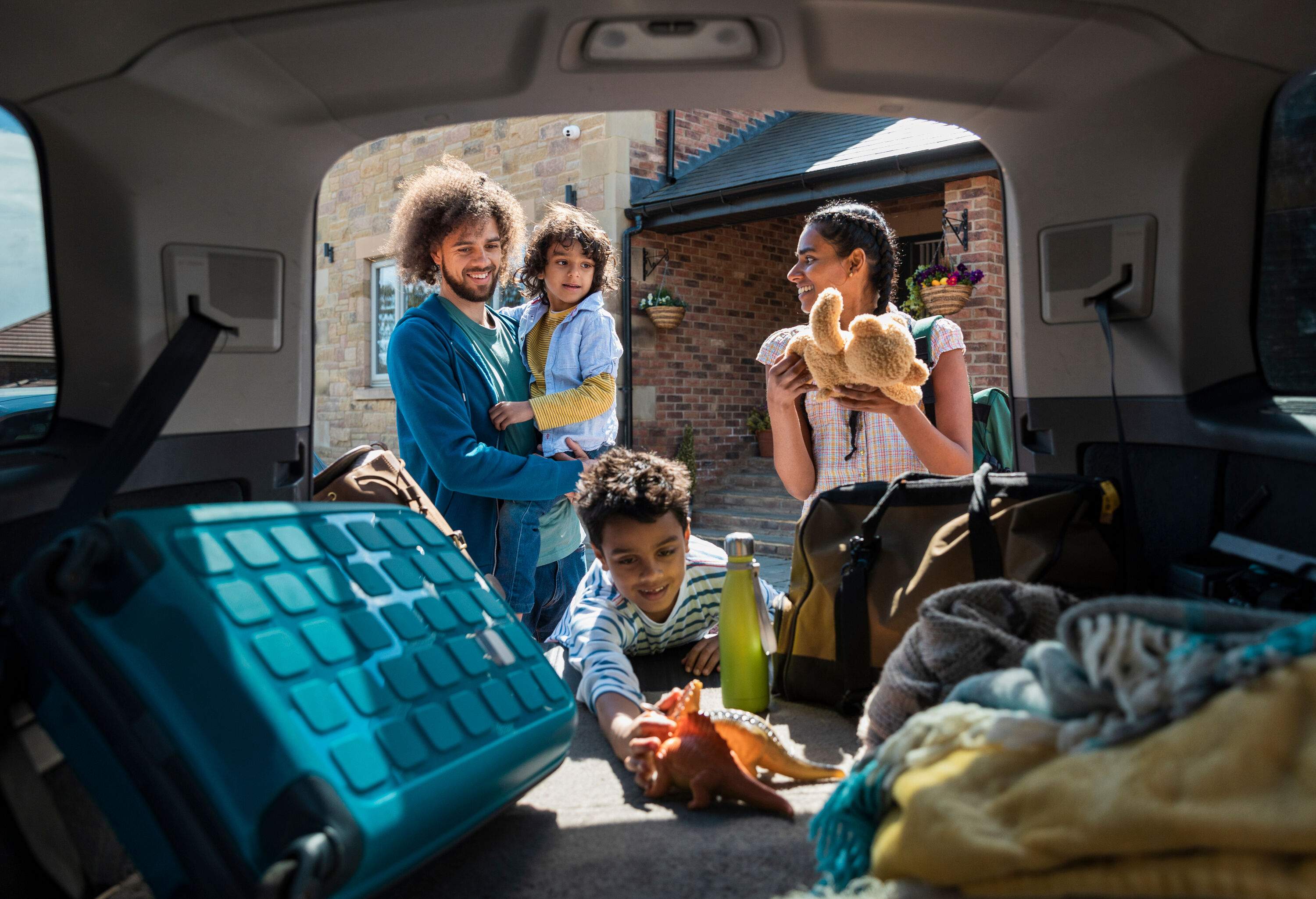
If you’re travelling from elsewhere in the UK, our start points are all easily reachable using the country’s extensive motorway networks. Just set your sat nav and hit the road!
From outside the UK, you can hop on a ferry to cross the English Channel from Europe and drive to the starting points.
If you’re coming from further afield and are looking to hire a car, then arriving at and departing from Heathrow International Airport is the best option.
Suitable cars for your road trip in the UK
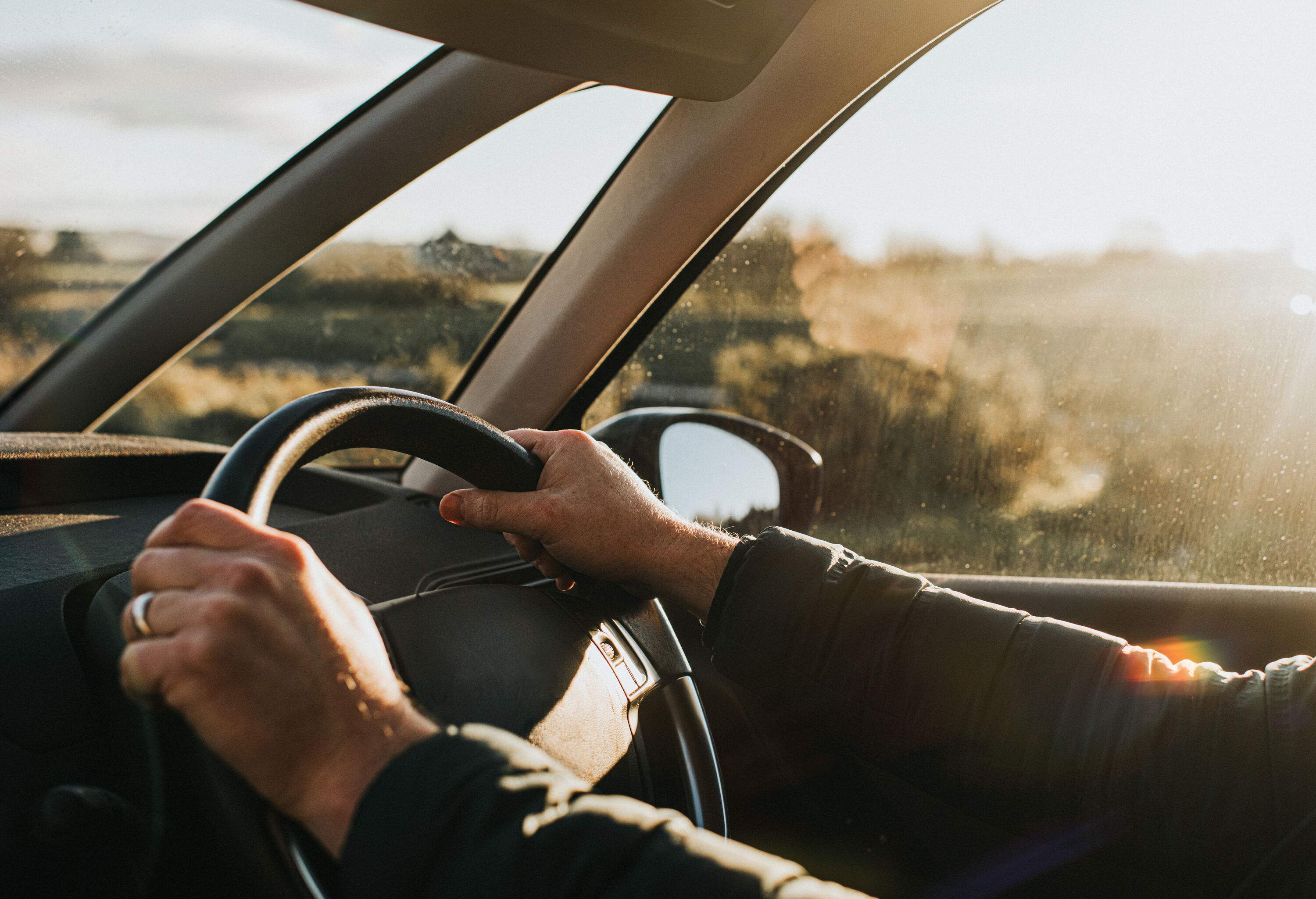
For the best UK road trip experience, you’ll want a comfortable and reliable car with good fuel efficiency, as well as ample space for luggage and passengers. Air conditioning and an inbuilt sat nav are also good options to choose from.
A compact SUV or a regular-sized car with good fuel economy would be ideal. Ultimately, choose a hire car that suits your budget and comfort preferences.
Best time to take a UK road trip
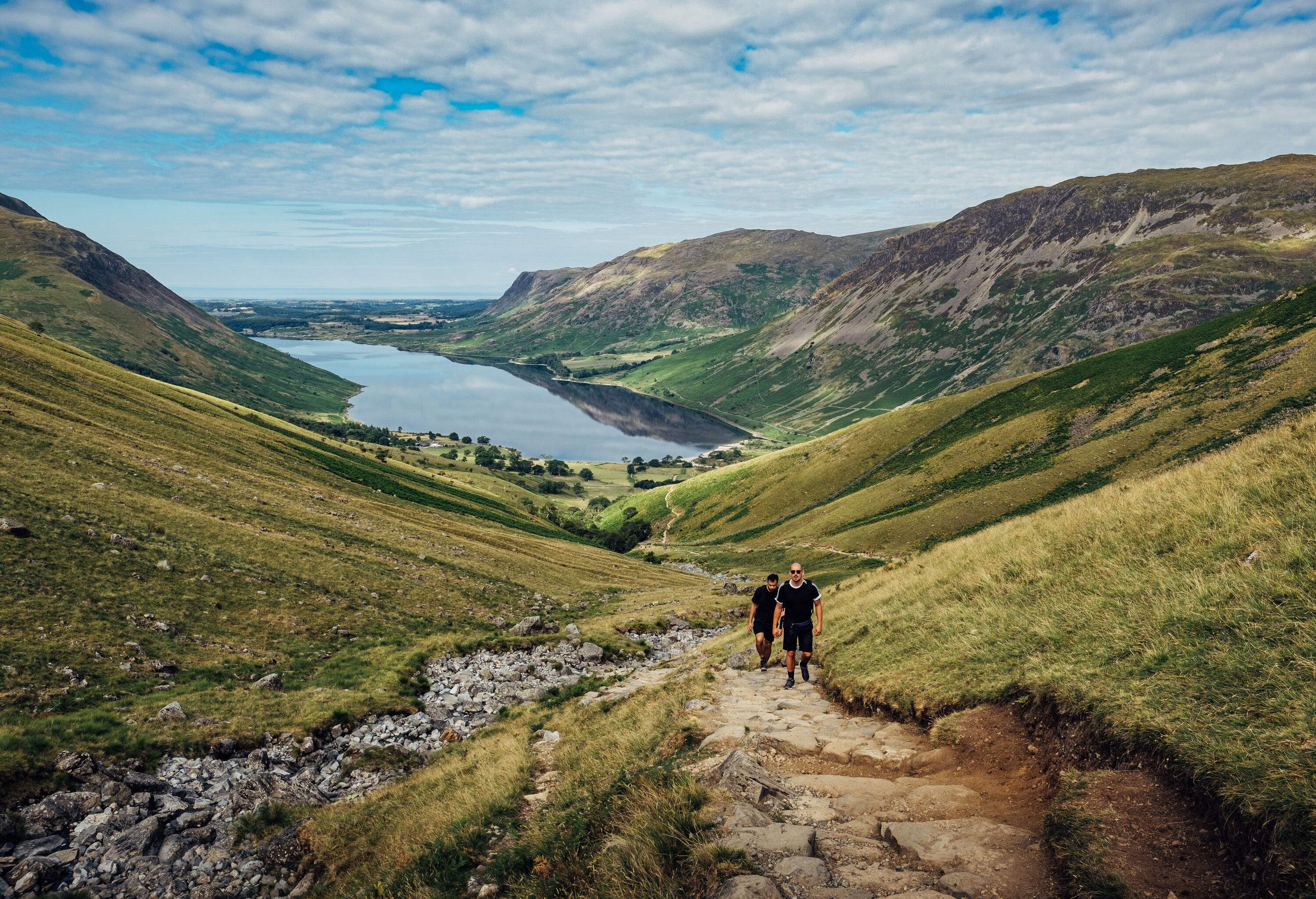
As a Brit who has travelled widely across the British Isles, I know the best time for a road trip in the UK is during the late spring (May and June) and early autumn (September and October) months.
During these times, you will enjoy warmer weather, fewer crowds, and longer daylight hours. In spring, the countryside will be vibrant with budding foliage and baby animals, and in autumn, the flaming colours and harvest celebrations will be in full swing.
Keep in mind that the weather in the UK can be unpredictable year-round, especially near coasts and mountains, so it’s always a good idea to be prepared for rain when you pack!
Estimate your road trip budget
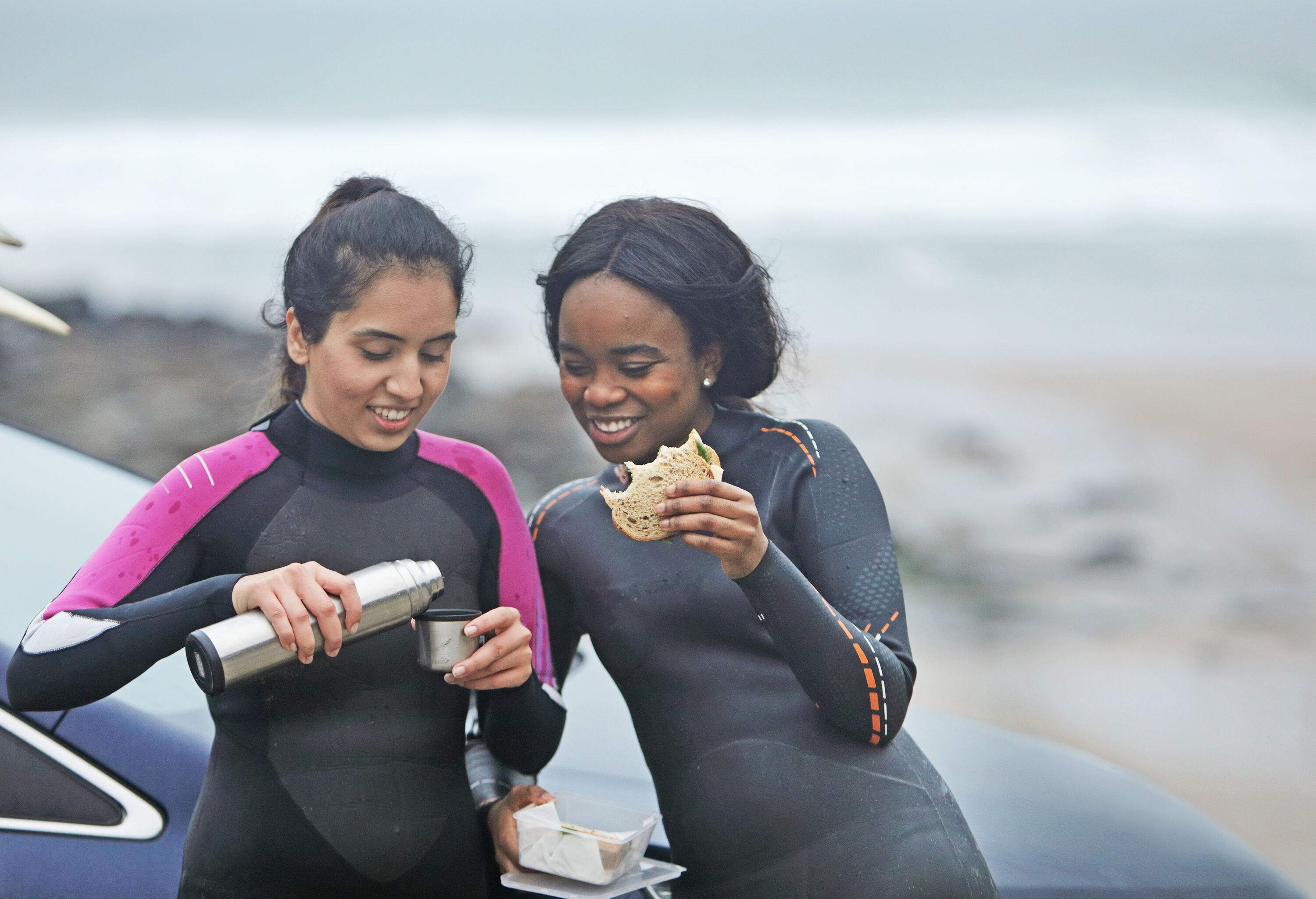
Before finalising your plans, it’s helpful to know how much road tripping in the UK will cost. Here are some costs, based on comparisons from hundreds of travel providers to help you work out your budget:
- Average price for one night in a mid-range double hotel room in London: £173
- Average price for one night in a hostel in London: £63
- Average daily rate for a rental car in London: £60
- Average cost of 1 litre of fuel: £1.51 (you’ll need approx. 17 litres to cover 100 miles)
Based on a seven-night road trip in the United Kingdom, we would expect the costs to range from around £670 to £840 per person, depending on your hotel and meal choices.
Road trip in the UK: discover the beauty of South Wales
Day 1: Cardiff (one night)
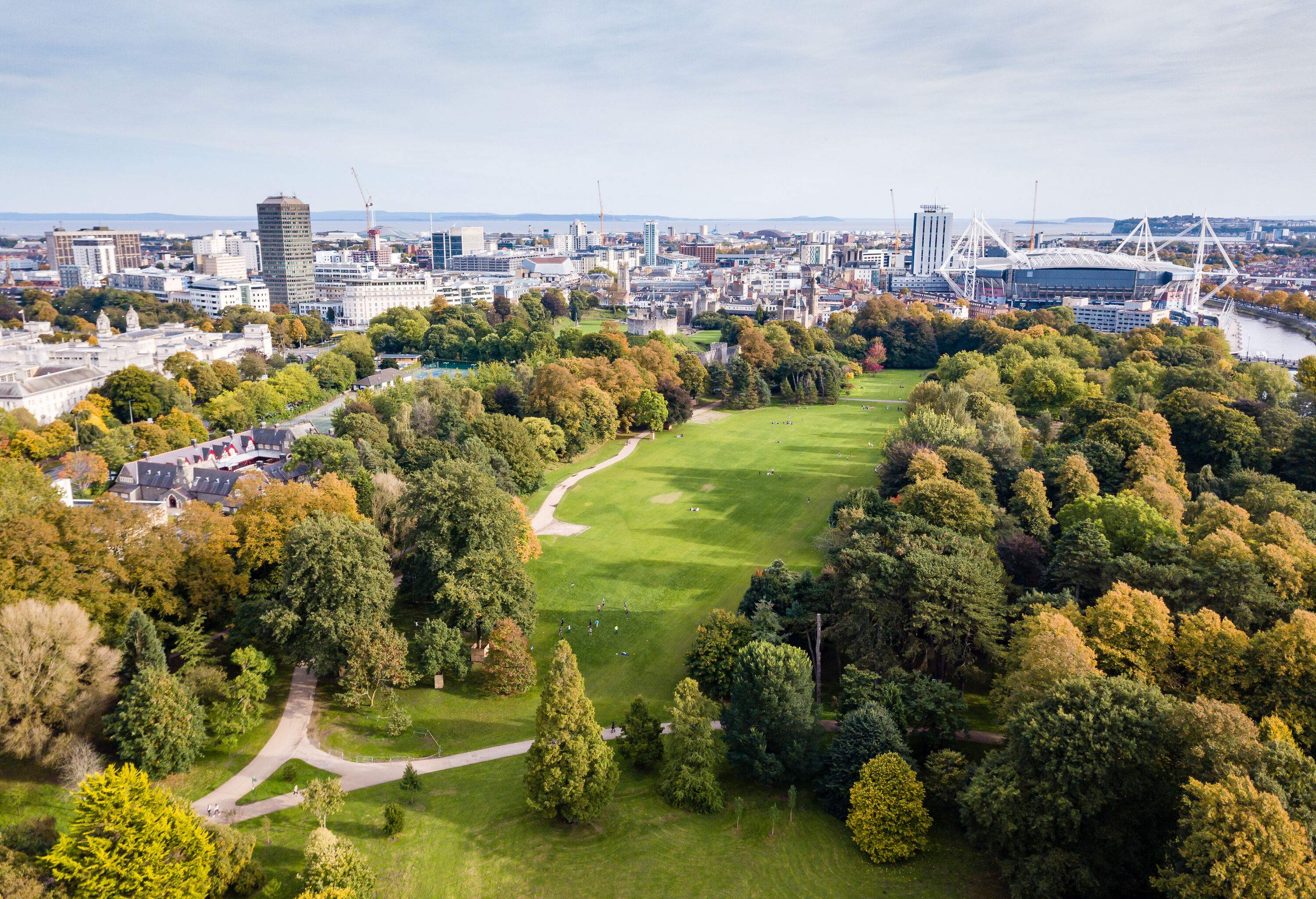
The vibrant capital city of Cardiff offers a delightful blend of British culture, Welsh heritage, and Celtic charisma.
Explore the city’s independent shops, quaint bars tucked away in laneways, and the iconic Cardiff Castle, located right in the heart of the city.
Don’t miss the opportunity to visit the Senedd Cymru (Welsh Parliament) building in the lively regenerated Cardiff Bay area.
Where to stay in Cardiff: Hotel Indigo is centrally located and has excellent reviews.
Day 2 & 3: Brecon Beacons (two nights)
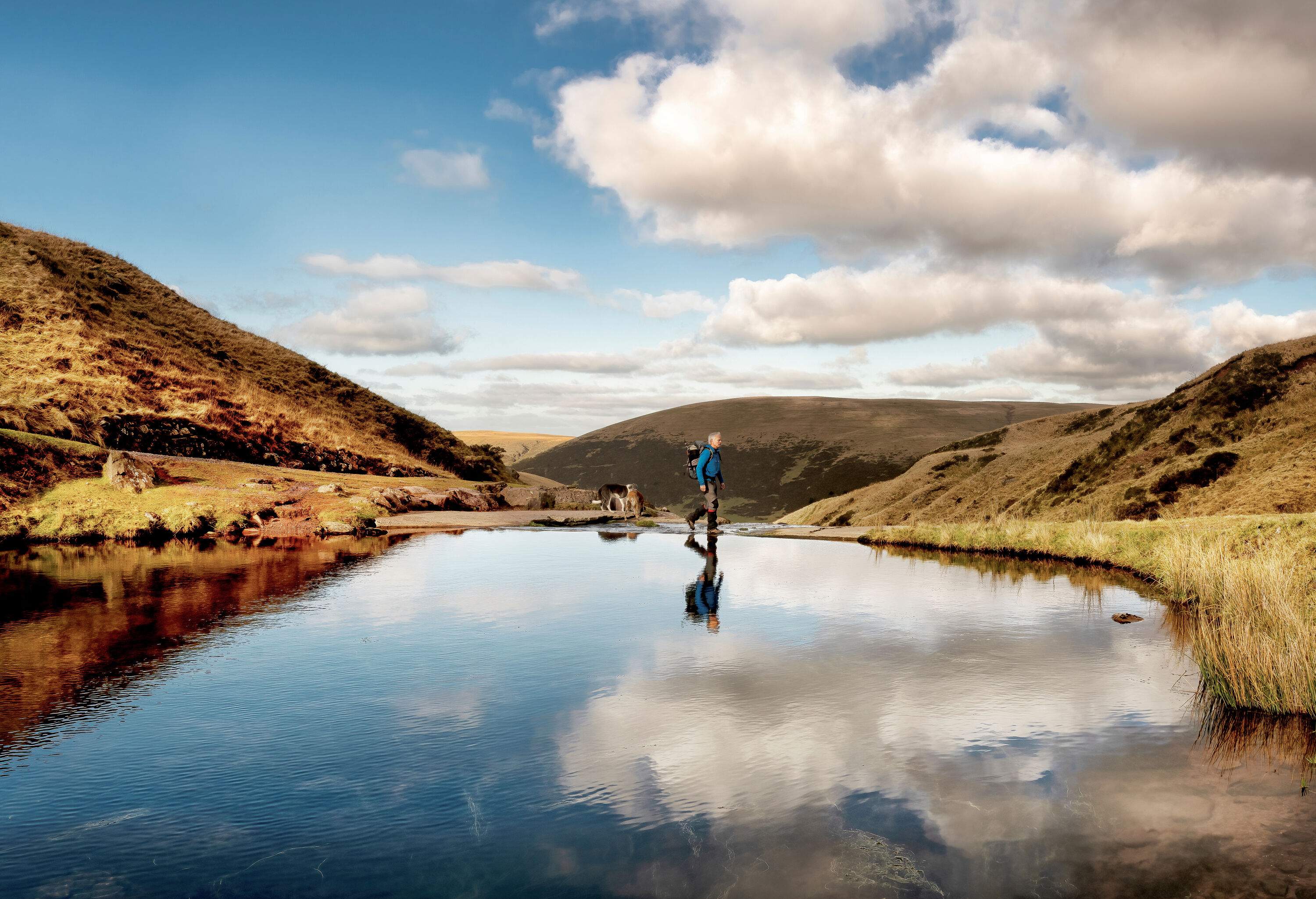
Distance from Cardiff: 67 miles – 1 hour 20 minutes
The Brecon Beacons National Park boasts some of the most spectacular scenery in southern Wales.
Rolling dramatically across the landscape, these mountains feature soaring knife-sharp ridges and remote forested valleys with hidden waterfalls.
The Beacons are home to some of the best walks in the UK and a favourite among hikers is Pen Y Fan, a challenging ten-mile trek to the summit’s steep ridge at 886 metres, offering breathtaking views. If that’s a step too far, try Sugar Loaf or the picturesque Brecon Beacons waterfall walk.
Where to stay in the Brecon Beacons: The Plough Inn at Llandeilo is well-positioned and enjoys glorious views of the surrounding countryside.
Day 4: Gower Peninsula (one night)
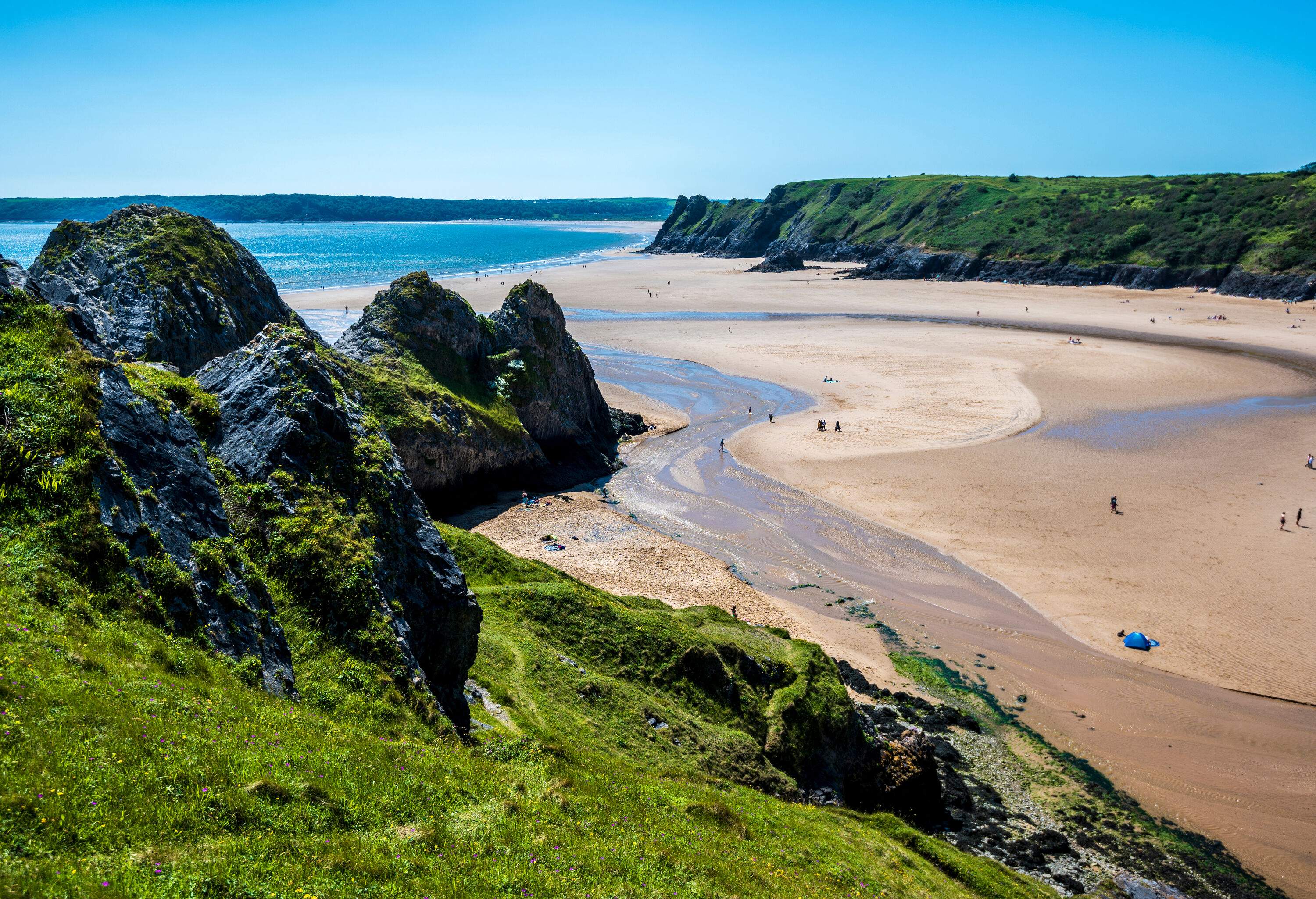
Distance from Brecon Beacons: 20 miles – 40 minutes
Our next destination is the spectacular Gower Peninsula, a designated Area of Outstanding Natural Beauty. The peninsula offers unparalleled coastal walks and some of the best beaches in Wales, with huge sandy bays, limestone cliffs and salt marshes all part of the landscape.
At the eastern end of the Gower is Mumbles, a traditional seaside town where you can stroll along the busy prom with an ice cream or try water-based activities like jet-skiing.
Where to stay on Gower: Llwyn Country House in Llanelli is a beautiful period property surrounded by gardens.
Day 5 & 6: Pembrokeshire (two nights)
Distance from Brecon Beacons: 41 miles – 1 hour 5 minutes
The beautiful Pembrokeshire coast in Wales is renowned for its rugged cliffs, expansive beaches, and remote islands, offering countless opportunities for outdoor enthusiasts.
The region makes an excellent base for exploring the Pembrokeshire Coast Path and is a paradise for adventure lovers, with activities including surfing, kayaking, paddle boarding, coasteering, and climbing.
Explore St Davids, the smallest city in the UK, or visit Tenby, a charming seaside town with sandy beaches and cobbled streets. Don’t miss the opportunity to visit Skomer Island to see its famous puffins and other wildlife.
Where to stay in Pembrokeshire: Elm Grove Country House in St Florence is a haven of peace and tranquillity with excellent reviews.
UK road trip: the ultimate 2 weeks itinerary
Day 1: Oxford (one night)
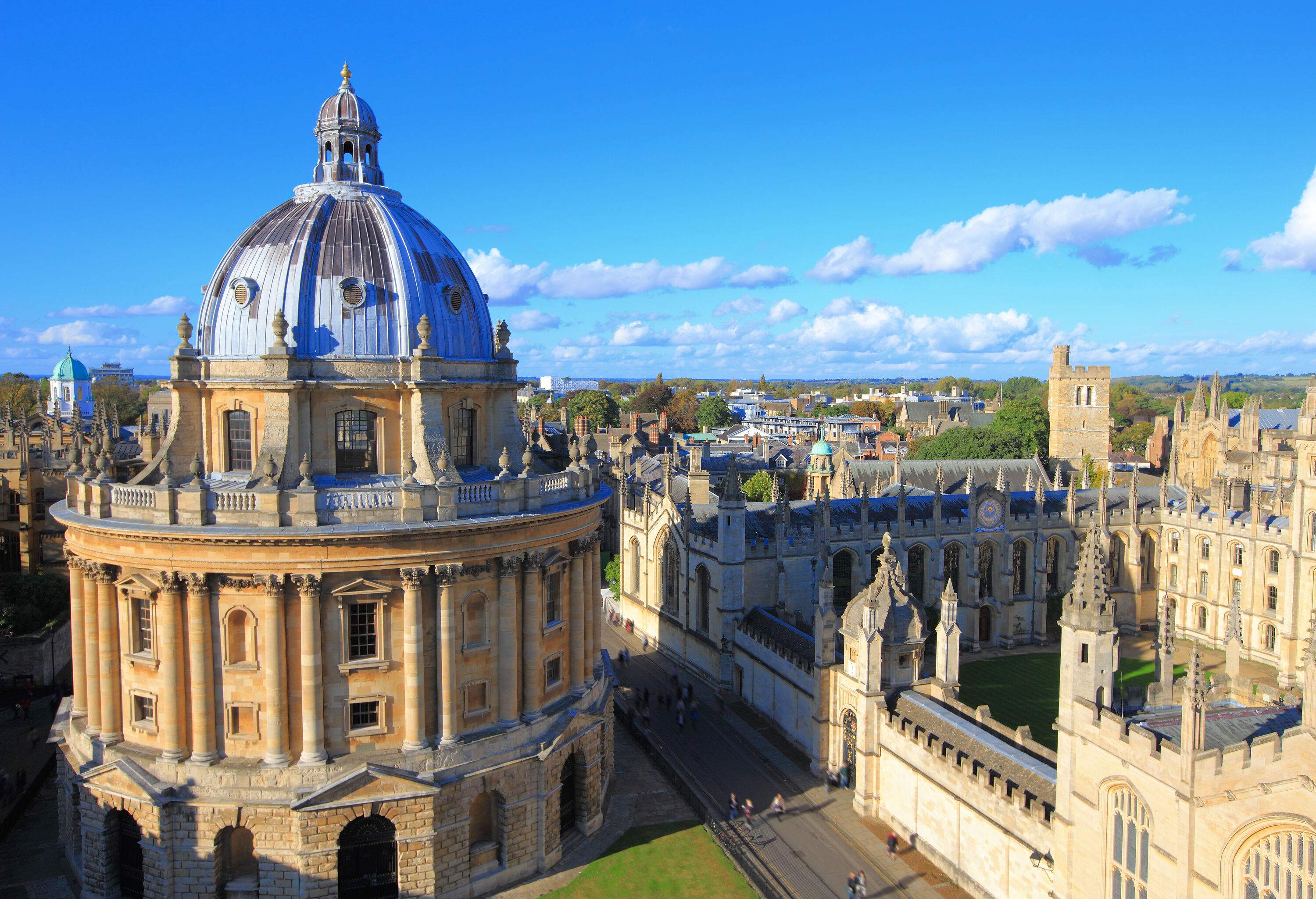
Only one hour’s drive from London, the first place to stop on this UK road trip is Oxford. Known as the ‘City of Dreaming Spires,’ this historic city is famous for its prestigious university, the oldest in the English-speaking world.
Characterised by stunning architecture, including the Bodleian Library and Christ Church College, Oxford offers a vibrant cultural scene with museums, galleries, and theatres.
Where to stay in Oxford: The Mercure Oxford Eastgate Hotel is very well located and includes breakfast in the price.
Days 2 & 3: Bourton-on-the-Water (two nights)
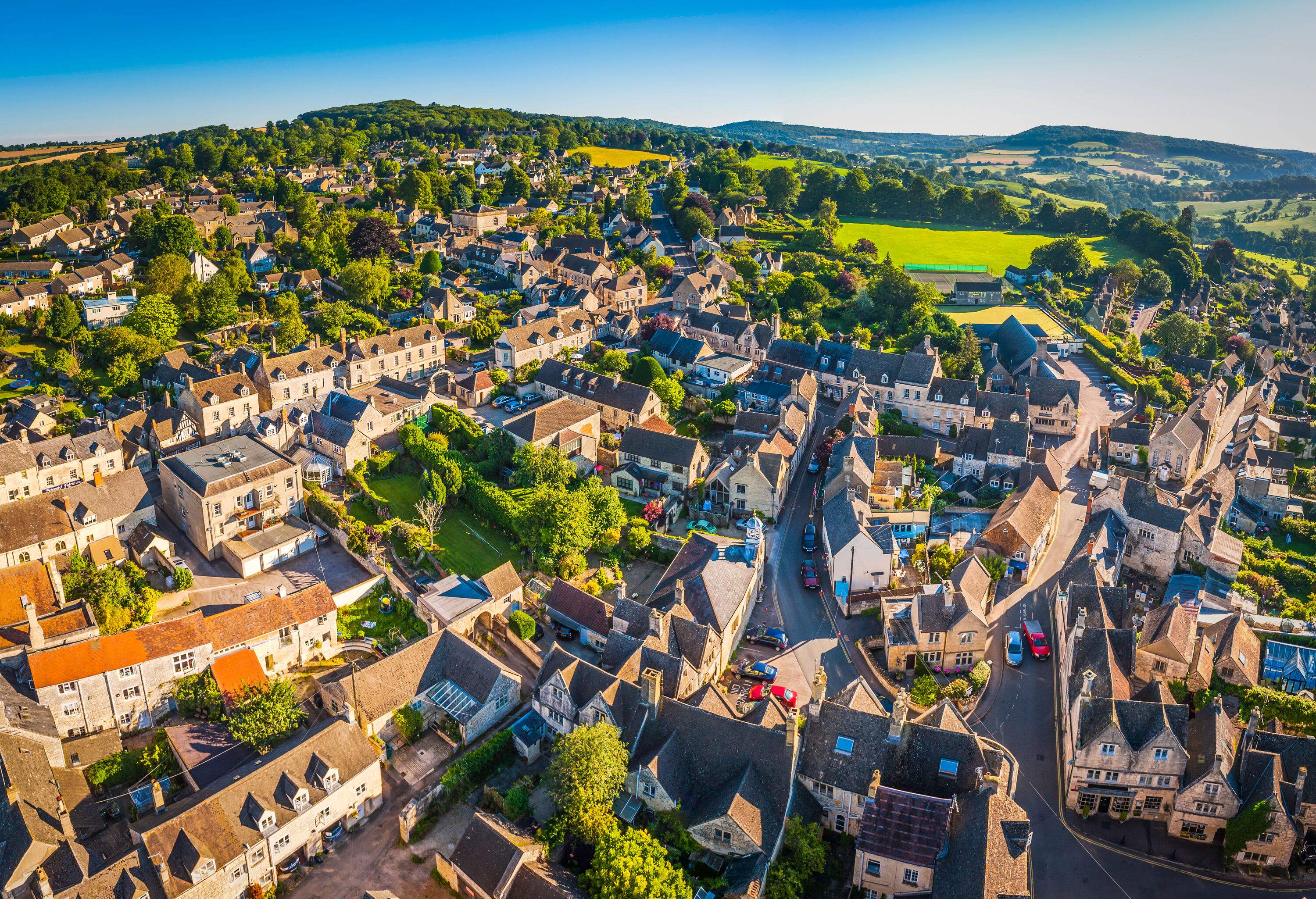
Distance from Oxford: 33 miles – 1 hour
Bourton-on-the-Water makes a great base from which to explore the wider Cotswolds Area of Outstanding Natural Beauty.
As well as Bourton, the north of the Cotswolds offers the gorgeous villages of Moreton-in-Marsh, Broadway, and Lower Slaughter. Filled with honeyed limestone buildings surrounded by rolling countryside, it’s harder to think of a more quintessential English region.
To the south are Painswick, known as the ‘Queen of the Cotswolds’, Castle Combe, and the Roman town of Cirencester, the capital of the Cotswolds.
As you travel around and between the villages, make sure to stop and explore the area’s crafts heritage and pretty tearooms. There are also walking and cycling trails and stately homes such as Blenheim Palace and Sudeley Castle to visit.
Where to stay in Bourton-on-the-Water: The traditional Mousetrap Inn offers a typical cosy Cotswold setting and enjoys excellent reviews.
Day 4: Manchester (one night)
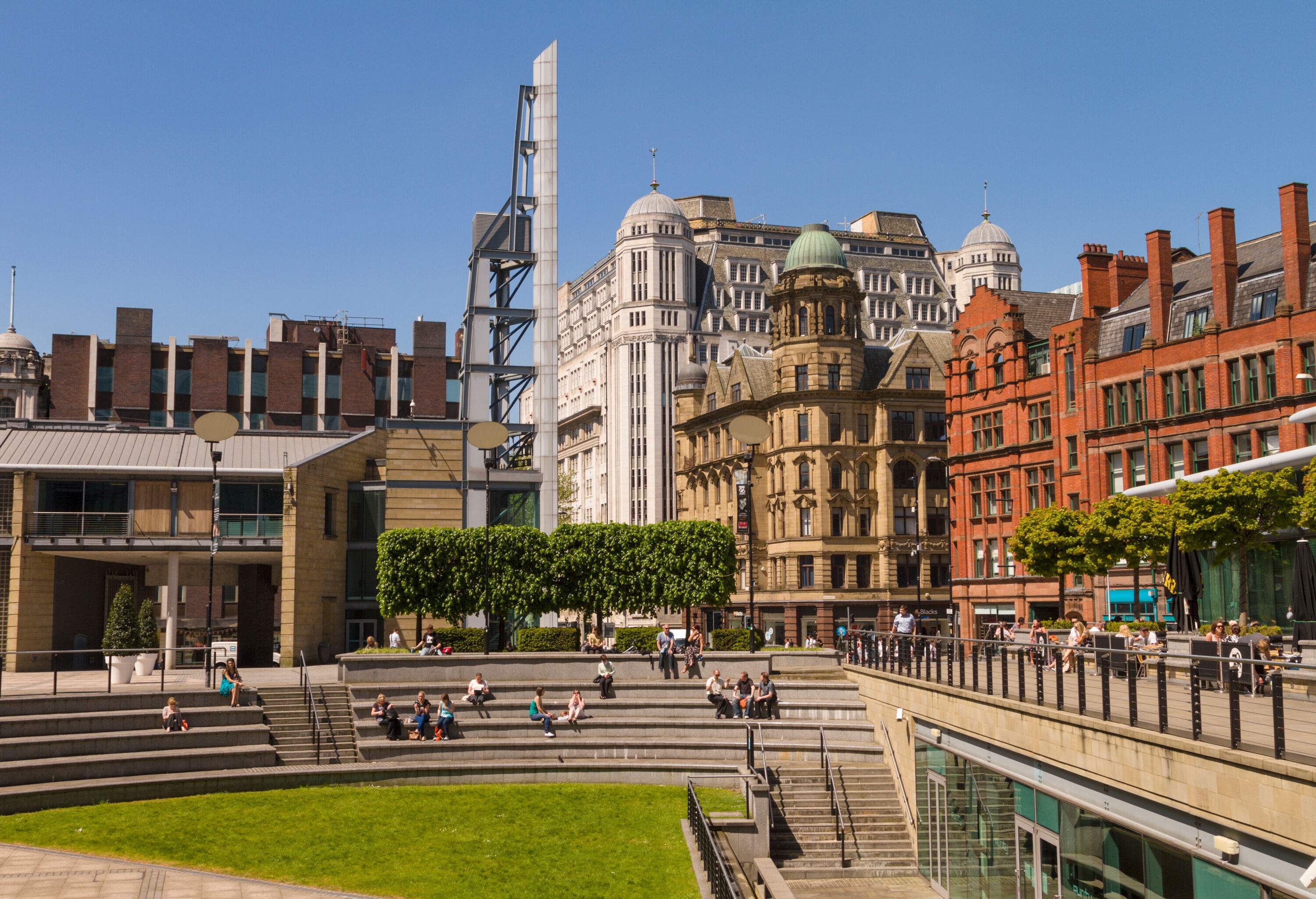
Distance from Bourton-on-the-Water: 141 miles – 3 hours
Manchester is a lively city in the northwest of England, known for its rich industrial heritage, cultural significance, and lively atmosphere.
A former powerhouse of the 18th century Industrial Revolution, Manchester is now a thriving modern city with a diverse population and a dynamic arts and music scene.
The city is home to world-class museums such as the Museum of Science and Industry and the Manchester Art Gallery, as well as iconic landmarks like the Old Trafford stadium, home to Manchester United Football Club.
Manchester’s cultural diversity is also reflected in its food scene, with a wide range of international cuisines available in its many restaurants and cafés
If you leave the Cotswolds early, you’ll arrive with enough time to explore the city in the late afternoon and maybe sample some of its legendary nightlife!
Where to stay in Manchester: The ibis Styles Manchester Portland is very centrally located and has its own car park.
Days 5 & 6: Harrogate (two nights)
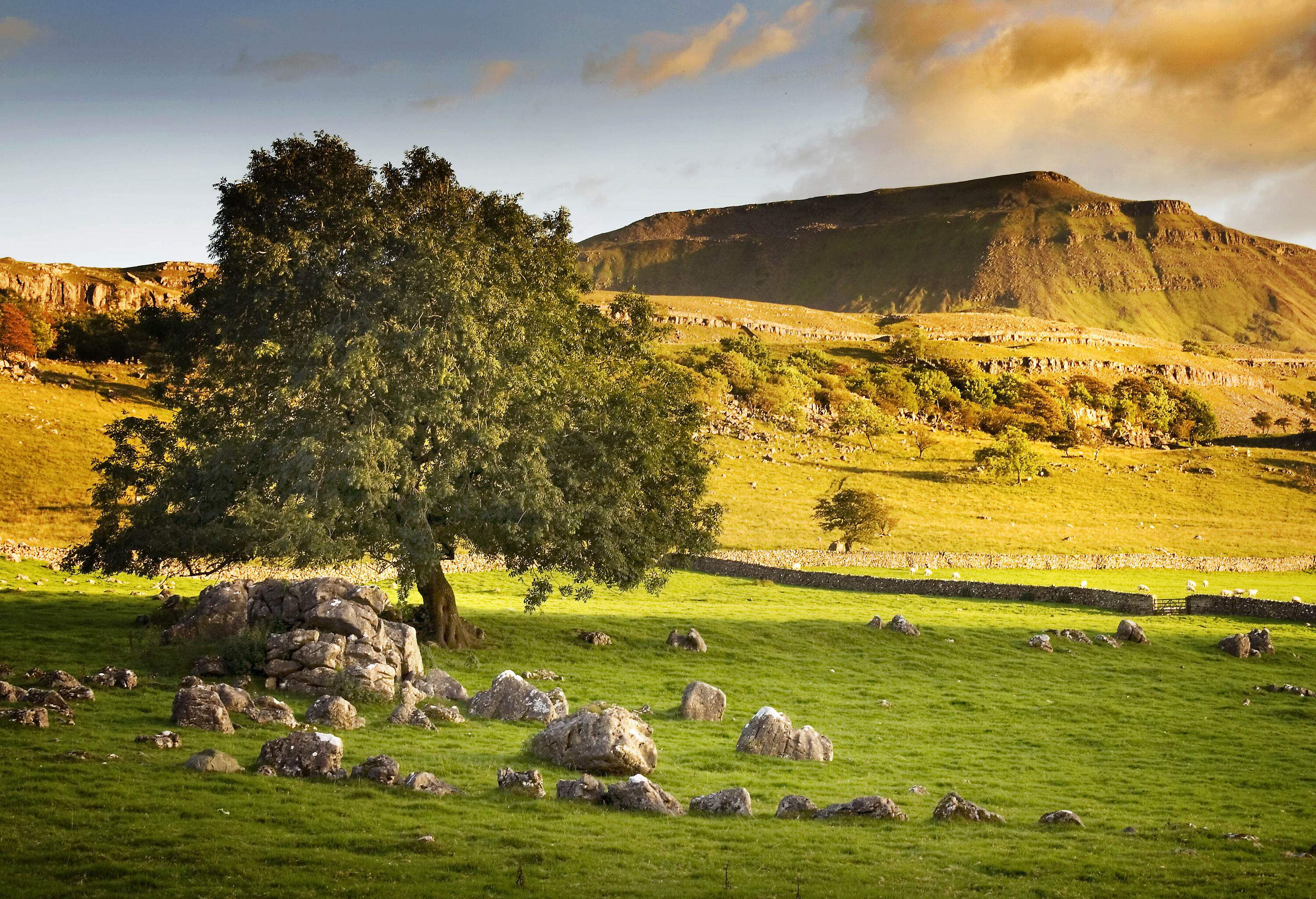
Distance from Manchester: 60 miles – 1 hour 50 minutes
Often dubbed ‘God’s Own Country’, Yorkshire is home to glacial valleys, patchwork fields, and flat-topped hills, adorned with rocky outcrops. Quaint villages with charming pubs and windswept hiking trails dot the landscape, offering a glimpse into the region’s rich history.
Begin your exploration of the Dales in the elegant Georgian town of Harrogate. Situated on the edge of the Yorkshire Dales National Park, Harrogate is an elegant Victorian spa town and makes an excellent base.
The picturesque village of Malham is surrounded by limestone buildings and dry-stone walls characteristic of the area, and known for its natural wonders, including the glacial lake, Malham Tarn, and the impressive Malham Cove, a vast, amphitheatre-shaped cliff formation of limestone rock, towering 80 metres high. If you’re fortunate, you may catch a glimpse of the breathtaking Malham Cove waterfall, which emerges from the cliff face during spring and after heavy rainfall.
Continuing your journey, explore the lush sweeping valley of Wensleydale, renowned for its wooded hillocks and rushing waterfalls. Among its attractions are the famous triple-flight Aysgarth Falls and Hardraw Force, England’s largest single-drop waterfall.
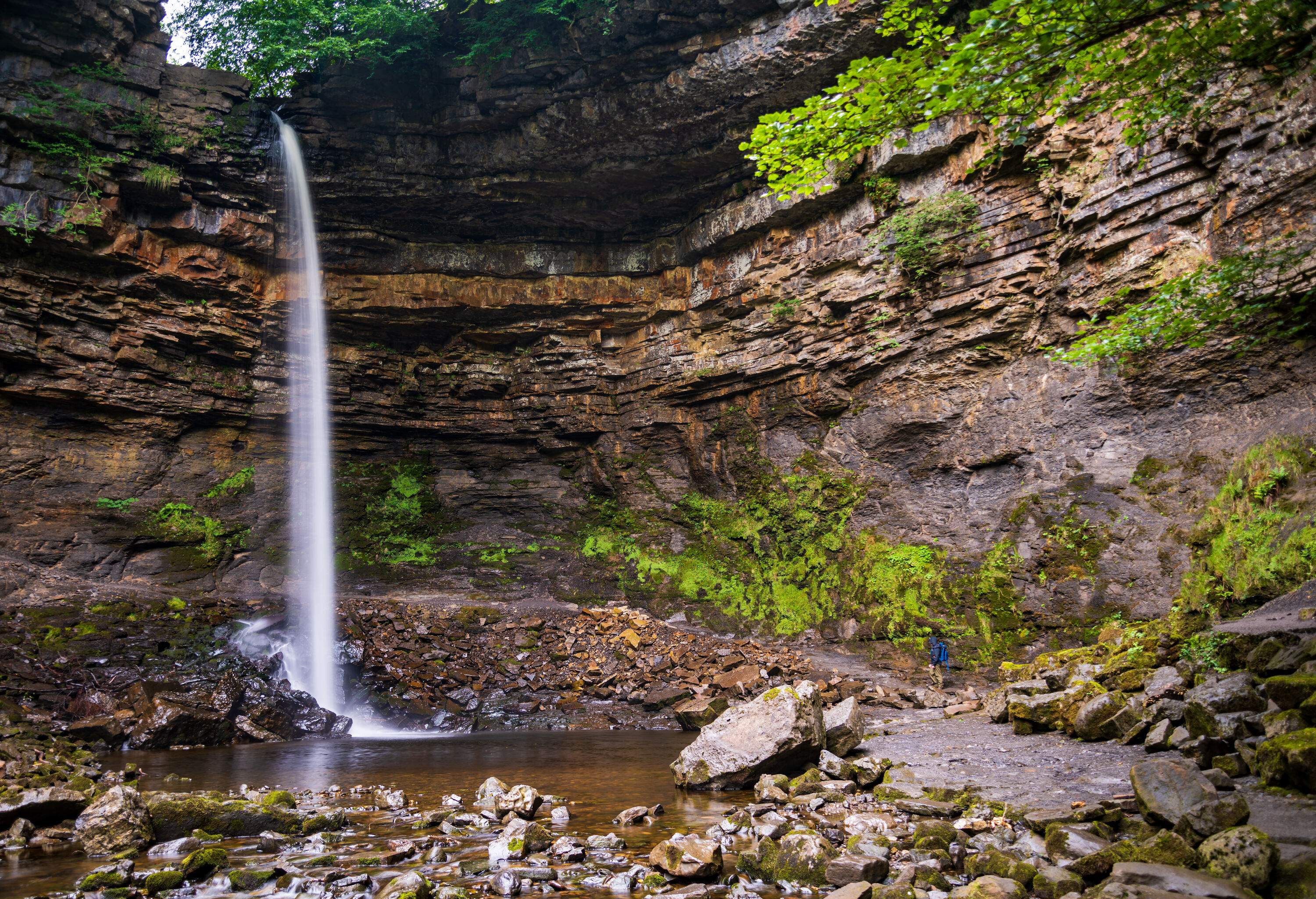
The market town of Hawes, considered the capital of Upper Wensleydale, awaits with its lively atmosphere, abundant hotels, and charming tearooms. Here, local craft and artisan industries flourish, producing pottery, wooden toys, and the renowned Wensleydale cheese – famously adored by Wallace and Gromit.
Over on the east of the National Park is Masham, home of the Theakstons and Black Sheep breweries (both of which can be visited) and historic Ripon, famous for its cathedral and nearby Fountains Abbey.
Where to stay in Harrogate: The Harrogate Inn is well-located for exploring the national park and has a stunning bar area for unwinding after a busy day. For a real treat, book a Yorkshire cottage with a hot tub!
Day 7, 8 and 9: Keswick (three nights)
Distance from Harrogate: 102 miles – 2 hours
The rugged Lake District in Cumbria, often referred to as ‘Wordsworth Country’, is a great spot for a family road trip where activity surrounded by dramatic landscapes of fells and lakes is called for!
The bustling market town of Keswick, between the natural beauty of Derwentwater and the imposing Skiddaw mountains, is a good spot from which to discover the sixteen stunning bodies of water and enjoy a variety of outdoor activities, including hiking, biking, and water sports like kayaking and stand-up paddleboarding during the warmer months.
From Keswick, you can explore the prehistoric Castlerigg stone circle, surrounded by majestic fells and expansive skies, the breathtaking Aira Force waterfall at Ullswater, and Catbells, which offers incredible views of the rugged landscape.
At the southern end of Derwentwater, discover the picturesque valley of Borrowdale, leading to the Honister Pass and the renowned Honister Slate Mine – the last working slate mine in England. The mine’s visitor centre offers underground guided tours, as well as a range of adventure activities including a Via Ferrata course, an underground ropes course, and the thrilling Infinity Bridge – a perfect destination for adventurers of all ages.
Where to stay in Keswick: The Inn on the Square is right in the centre of town and offers boutique rooms and a delicious homemade full English breakfast.
Day 10: York (one night)
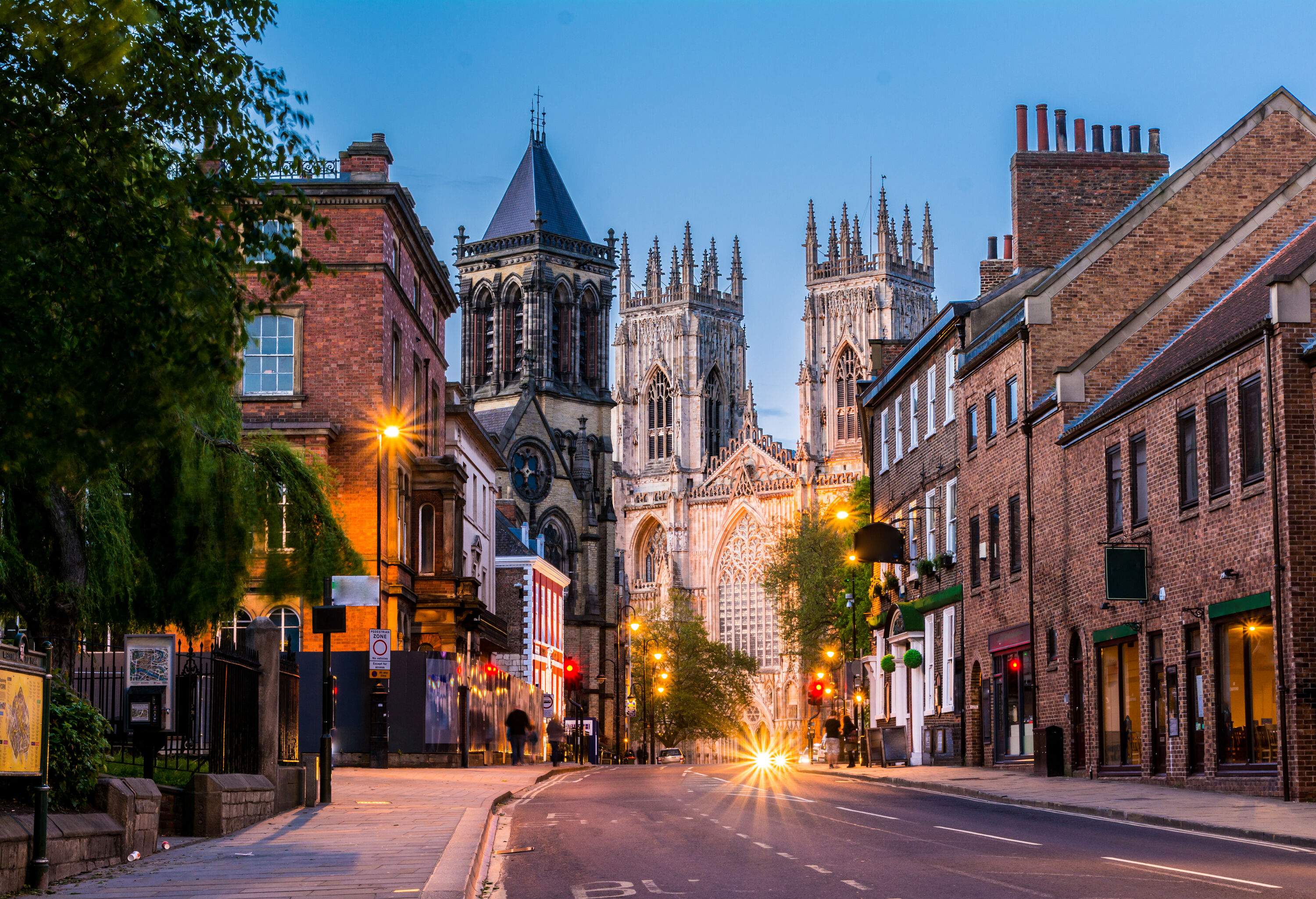
Distance from Keswick: 113 miles – 2 hours
A historic walled city, York is best-known for the magnificent 13th century York Minster, one of the largest Gothic cathedrals in Northern Europe, with its intricate stained glass windows and soaring towers.
Surrounded by well-preserved medieval city walls, York is home to a wealth of historic attractions, including the iconic Clifford’s Tower, the medieval Shambles street with its timber-framed buildings, and the ancient Micklegate Bar, one of the city’s medieval gateways.
The city’s long history is brought to life in its many museums, including the Jorvik Viking Centre, which offers a fascinating insight into York’s Viking past, the York Castle Museum, which showcases the city’s social and military history and the Monk Bar gate which houses an exhibition tracing the life of 15th century Plantagenet King Richard III.
Where to stay in York: The Judge’s Lodgings has an easy-to-drive-to location in a historic building packed with character.
Day 11, 12 & 13: Buxton (three nights)
Distance from York: 82 miles – 2 hours
Buxton is at the heart of the Peak District, Britain’s first national park, and makes an ideal starting point for exploration.
Perfectly located on the banks of the River Wye, the picturesque town of Bakewell is renowned for its invention of the delicious Bakewell Pudding, a buttery puff pastry case, topped with a layer of seedless strawberry jam and finished with a soft set custard of eggs, sugar and almonds.
Just a short drive from Bakewell lies the magnificent 16th century Chatsworth House, the ancestral home of the Duke and Duchess of Devonshire. Explore the grand Painted Hall, historic State Rooms, and the Sculpture Gallery, all set within the splendid gardens of the Cavendish family, considered among the finest in Britain.
At the head of Hope Valley, the charming village of Castleton serves as a starting point for exploring the famous caves and taverns of the Peak District National Park. Nearby, you’ll find Winnats Pass, one of the most breathtaking mountain passes in the UK, with limestone ridges on either side, providing a picturesque backdrop for stunning photographs.
Expert tip: Find time to head north to drive Snake Pass, an even more impressive mountain road! Snake Pass connects Sheffield and Glossop makes up just one small section of the A57. With jaw-dropping views and surrounded by remote and rugged moorland, the pass makes for a memorable drive.
Where to stay in Buxton: Old Hall Hotel is an olde-worlde ivy-clad hotel in the middle of Buxton, thought to be the oldest hotel in England!
Day 14: Time to head home
Buxton is a four-hour drive from London’s main airports, or just 90 minutes from Birmingham International Airport if you’ve arranged a one-way drop off with your hire car company.
Conclusion
By the time you’ve completed your UK road trip, you’ll have visited some of the most beautiful places on the Great British Isles. From the drama of the Lake District to the cute villages of the Cotswolds, and everything in between, you’ll be able to tick off some of the UK’s most iconic national parks and attractions from your bucket list.
But the journey doesn’t end here. With memories of stunning landscapes, historic towns, and unforgettable experiences, your UK road trip will leave you with a lifetime of memories.
So why wait? Start planning your adventure today and discover the beauty that awaits you in Britain’s breathtaking national parks.
The post UK road trip: Explore the best of Britain’s National Parks appeared first on KAYAK Blog UK.


